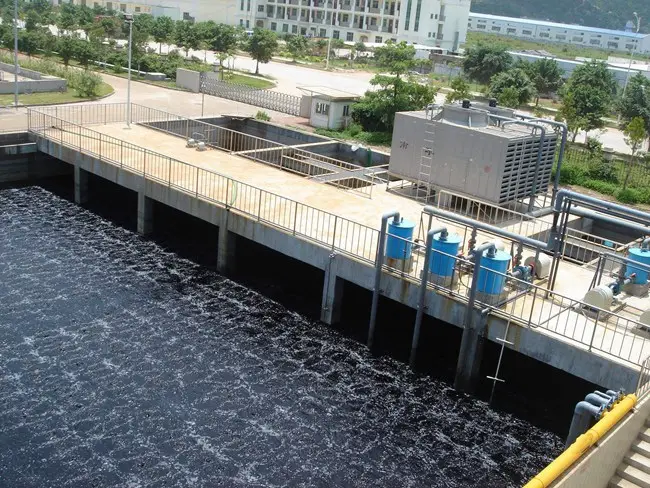Tannery Industry Wastewater Treatment

Characteristics
Tanning wastewater is the wastewater discharged in the process of tanning production. Usually animal skins are salted or soaked with water to make them swell, lime is added, meat is removed and alkali is removed, then tannin or chromium is used, tanning is softened with fat, and finally dyeing is processed to make leather.
Tanning wastewater mainly comes from preparation, tanning and dyeing section, which contains a lot of protein, fat, inorganic salts, suspended matter, sulfide, chromium and vegetable tanning agent and other toxic and harmful substances, with high biochemical oxygen demand and toxicity.
Composition
- Sulfur-containing wastewater: it refers to the soaking ash waste liquid and the corresponding water washing process wastewater produced in the tanning process by using ash-alkali method to remove hair.
- Degreasing wastewater: refers to the waste liquid formed by using surfactant to treat raw hide grease in the degreasing process of tanning and fur processing and the corresponding wastewater of washing process.
- Chromium-containing wastewater: It refers to the waste chromium liquid generated in the chromium tanning and chromium retanning process and the corresponding wastewater of washing process.
- Comprehensive wastewater: It refers to the collective name of various wastewater generated by tannery and fur processing enterprises or centralized processing areas that are directly or indirectly discharged to the comprehensive wastewater treatment project with production (such as production process wastewater, factory living sewage, etc.).

Comprehensive treatment technology
- Pre-treatment system: It mainly includes treatment facilities such as grating, regulating tank, sedimentation tank and air floatation tank. The concentration of organic matter and suspended solids in tannery wastewater is high, so the pretreatment system is used to adjust water quantity and quality; remove SS and suspended matter; reduce part of pollution load and create good conditions for subsequent biological treatment.
- Biological treatment system: The ρ(CODcr) of tannery wastewater is generally 3000-4000 mg/L and ρ(BOD5) is 1000-2000 mg/L, which belongs to high concentration organic wastewater, and the value of m(BOD5)/m(CODcr) is 0.3-0.6. 0.6, which is suitable for biological treatment. At present, more domestic applications are oxidation ditch, SBR and biological contact oxidation, and less applications are jet aeration, intermittent biofilm reactor (SBBR), fluidized bed and ascending anaerobic sludge bed (UASB).
Any requirements, contact us now!
Grace
Email:grace@filtrationchina.com
Mobile/Whatsapp/WeChat:+86 17269571160

